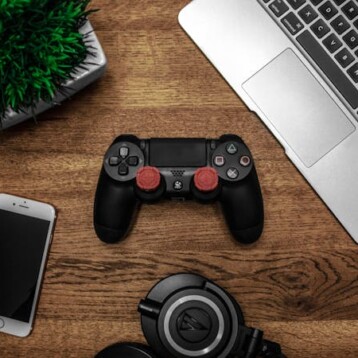The new technology is based on a simple principle and requires no additional hardware providing the user has acquired a ‘mobile scent phone’ and an SD smart card sized chip, which provides the wide variety of scents. Various applications can access the chip and release the desired scent. For example, a text message (SMS) or multimedia message (MMS) can operate the chip and release an odor to accompany the conveyed message. In order to prevent spamming, users can decide whether or not to accept an incoming scent.
The new technology has numerous potential applications, as the variety of communication services is consistently growing. Today, users can use a wide variety of text and voice applications, such as VoIP, IM, e-mail, and chat on their cell phones. The addition of scents can improve the services currently offered by many communication companies. Practical applications for this service include sweet smelling MMS greetings, branded advertising samples for perfume manufacturers, and scent enhanced games for mobile phones and computers.
Among the developers of this technology is ISI, a well known market research company that has conducted research on the impact of scent in the marketing arena. Another company involved in the development is conVISUAL, a leading international full service provider for mobile and voice based added value services.
Although the new patent is protected, mobile handset manufacturers and network operators can decide how to incorporate the technology into different devices and networks in order to best suit the applications to their customers’ needs. This technology has the potential to become popular in the growing Asian market. In fact, the Japanese NTT Communications Company made use of the new scent technology in several theatres in April 2006, indicating that it has applications not only in the mobile phone industry.
TFOT recently covered CeBIT 2008’s Smart Phones, which feature some products that will be launched in the near future, and the birth of the cell phone microscope, which will allow medical diagnosis in remote areas. Another related TFOT story is about the Tai-Chi Future Interactive Interface, which will allow users to convert virtually any tangible objects such as table tops, walls, and windows, into interactive surfaces.
For more information on the mobile scent technology see conVISUAL’s website.
Top image – Sony Ericsson SO703i – another another scented cellphone.









